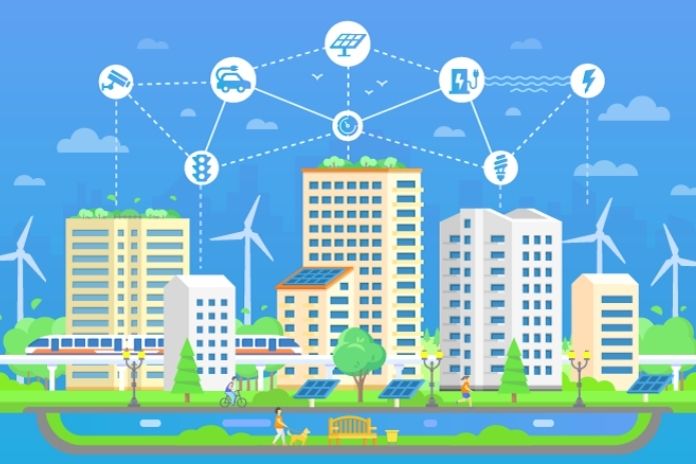The concept of business intelligence continues to transform, and one of the latest relevant changes is IoT applications. IoT applications are software solutions designed to perform tasks, in this case, based on information from devices connected to a network.
What Are The Challenges To The Implementation Of IoT Applications?
The knowledge potential provided by IoT applications can only be exploited if a correct implementation has been carried out. However, in this step of any Internet of Things project, the most significant challenges arise.
How To Successfully Implement IoT Applications?
IoT applications allow data to be collected to be the basis for redesigning processes and innovating. However, IoT deployments can be challenging due to, among other things, the need to coordinate different operational teams and business units for effective implementation.
The way to deal with it is by following these steps:
- Define the project and its objective well, which must deliver value to the client. When choosing IoT applications, understand how these solutions can affect efficiency, customer satisfaction, and long-term productivity. Therefore, it is crucial to discover the key performance indicators to measure and introduce improvements.
- Consider integration. Avoiding hardware compatibility issues is essential, and this requires careful identification of equipment, also taking into consideration the business goals and outcomes of each component. Remember that adding external sensors to legacy machines is a quick solution but perhaps not the most comprehensive. Understanding the associated potential compatibility issues is necessary before IoT implementation.
- Propose the design according to data connectivity. It is an issue that is sometimes overlooked, probably because connectivity has vastly improved. However, there are still some areas where it is challenging to implement IoT.
- Plan how to resolve incorrect data capture once the system is up and running. Due to some adverse incident or the software’s inability to handle certain runtime anomalies, incorrect data may be recorded, resulting in an inaccurate analysis that will not help decision-making.
What Are The Examples Of IoT Applications In The Supply Chain?
One of the most significant changes for companies will be how IoT technology affects supply chain management. Among the IoT applications that can improve supply chain management are the following:
- Maintenance IoT applications. Every supply chain is based on the health of the equipment. When a machine such as a factory equipment or a delivery truck breaks down, it can create inefficiencies. However, thanks to the Internet of Things, smart sensors can now be installed on these tools to provide better maintenance and avoid these problems. So instead of having a standard preventative maintenance schedule based on the average machine of its kind, sensors collect data that is then analyzed to predict issues that might otherwise go undetected. This predictive maintenance can be the key to keeping the supply chain running smoothly and help companies save money prevent costly equipment breakdowns.
- IoT applications for accurate asset tracking. The efficiency of the supply chain depends on these types of solutions that, although they are not a new practice for supply chain management when optimized with IoT technology, can increase the quantity and quality of available information. Thus, by placing sensors on assets, a company can track them to their exact location. Sensors can even be used to provide status updates and alerts to items that may have been damaged in transit. With the information available through asset tracking enabled by these IoT applications, companies will uncover inefficiencies that would have remained hidden while improving their quality control practices.
- Inventory IoT Applications. The Internet of Things will also allow businesses to monitor inventory much more efficiently. When the critical list has IoT sensors, managers can check its levels at any time and receive alerts when stock runs low. Beyond monitoring and attention, the additional information can improve inventory management. IoT systems can be designed to analyze data about inventory levels and usage of different products and materials. With this information, businesses can identify trends that will help them manage their inventory more efficiently.
- IoT Applications to Promote Social Responsibility. Consumers of the past rarely bothered with where their products came from or how they got to the store. However, this is starting to change. IoT technology can be one of the answers for brands that want to show their customers that they buy their products ethically and responsibly. With the Internet of Things, companies can take supply chain transparency to new levels. Not only does this help the company run a more efficient supply chain, but this also is used to show customers the various processes that helped get the product to them. For a business that wants to attract socially conscious consumers, a transparent supply chain provides an opportunity to demonstrate brand values that align with those of its customers.
Companies that want to take advantage of IoT supply chain solutions need to start now. By adopting this technology early, a company will benefit from a more efficient supply chain and position itself ahead of competitors who choose to wait.

